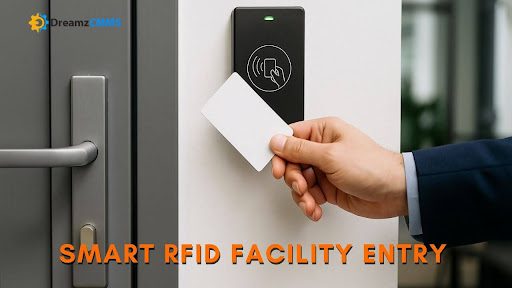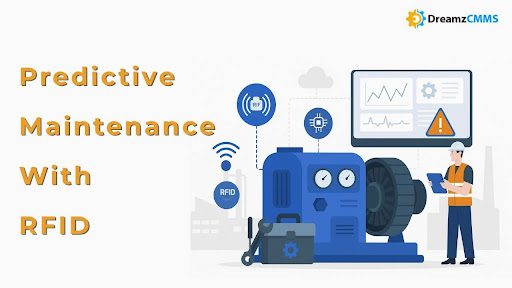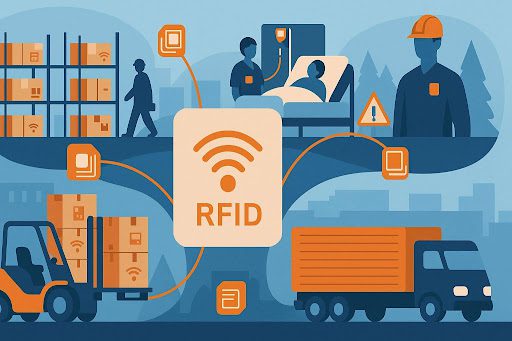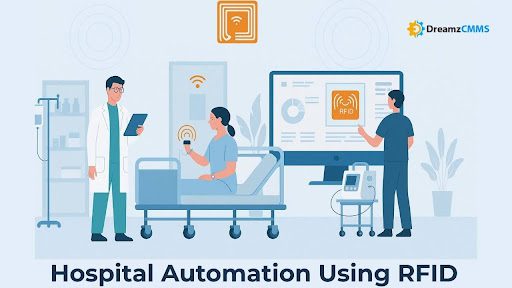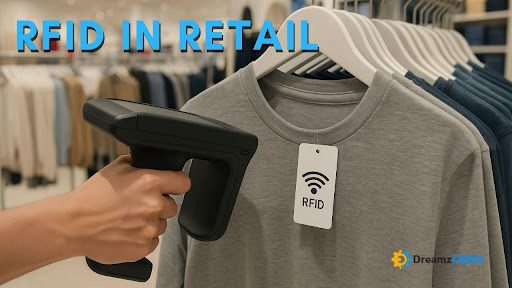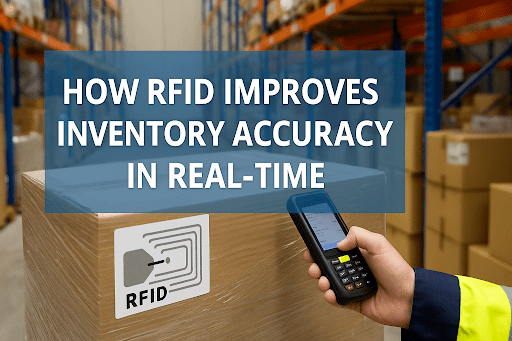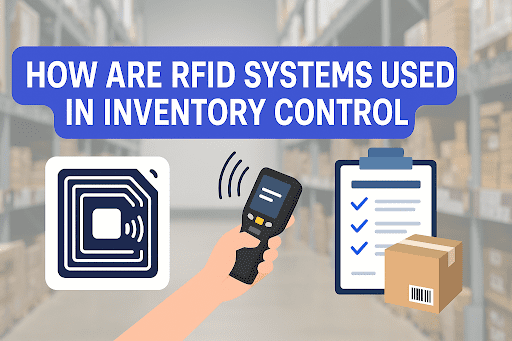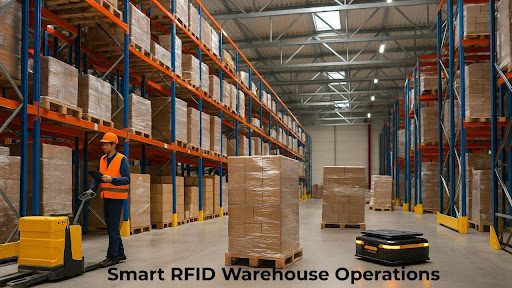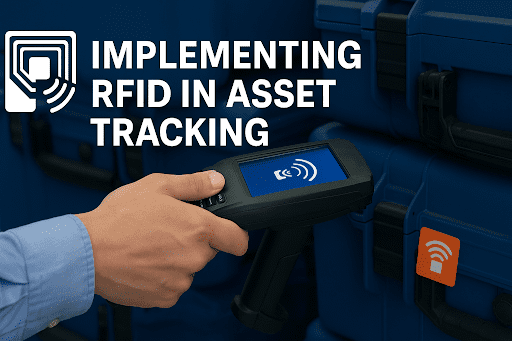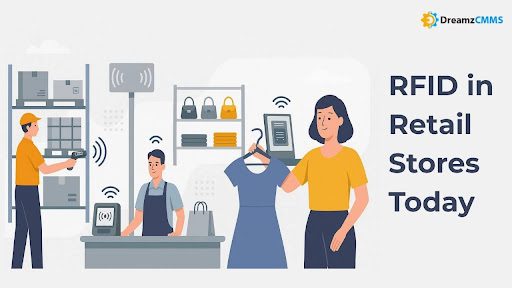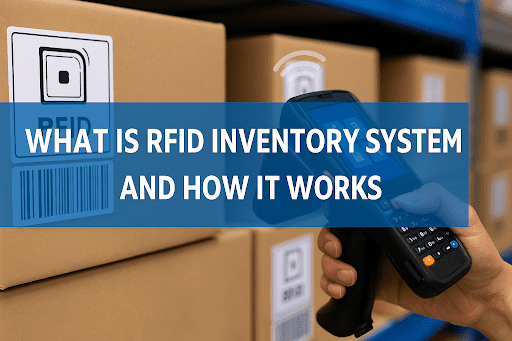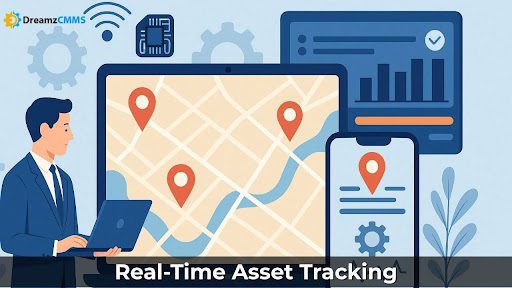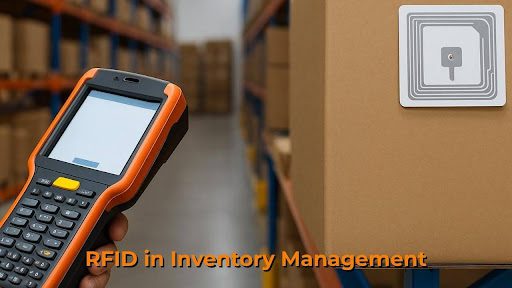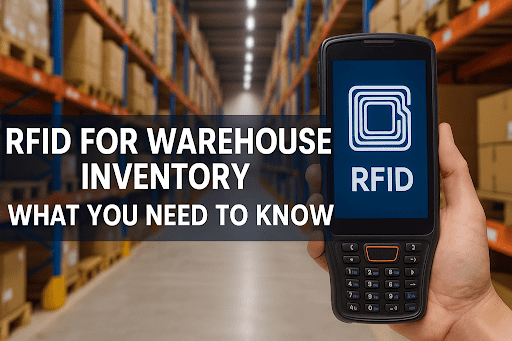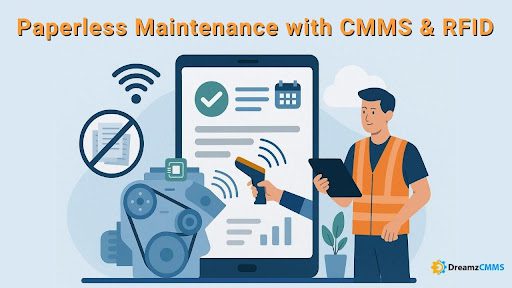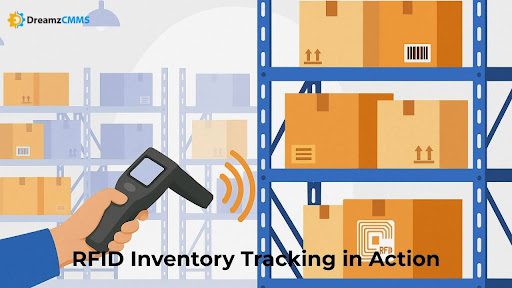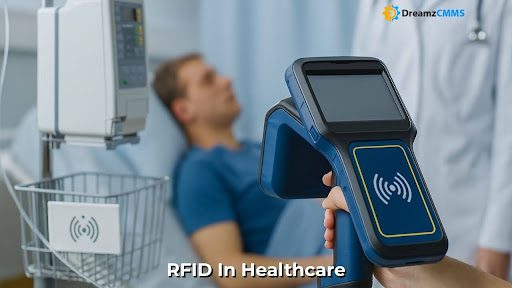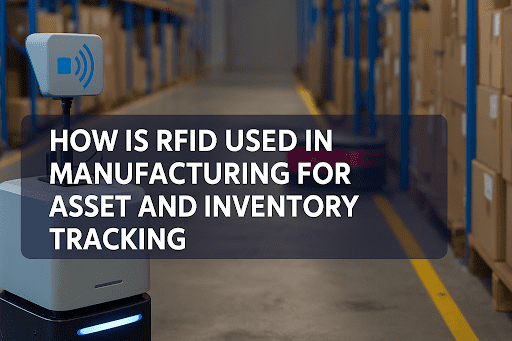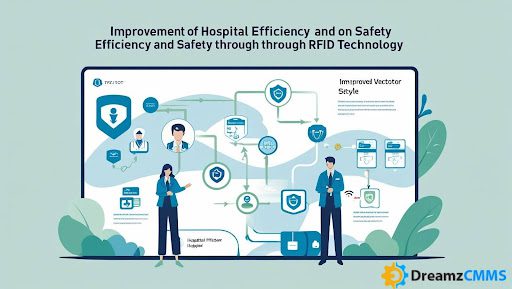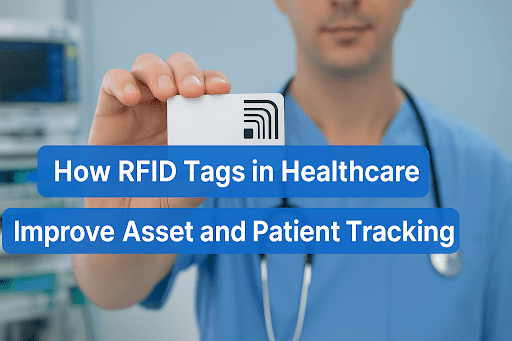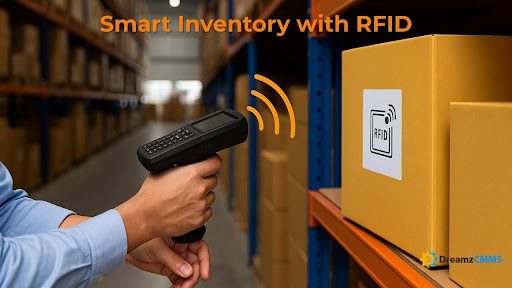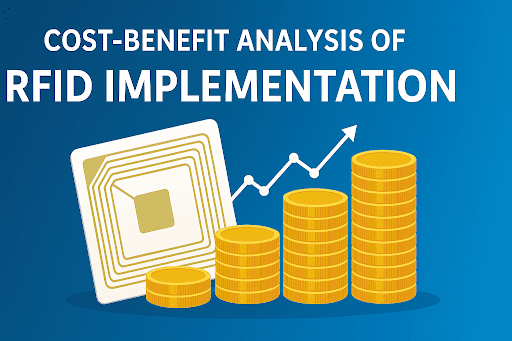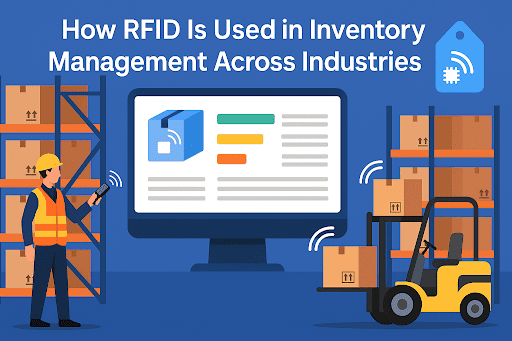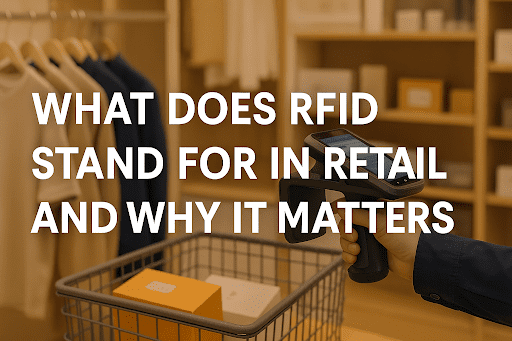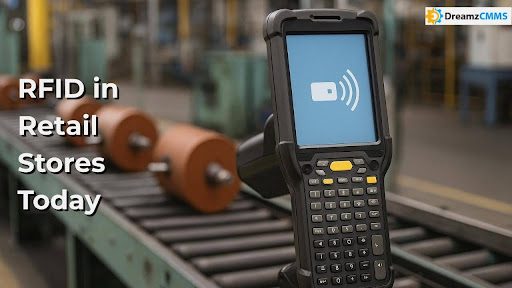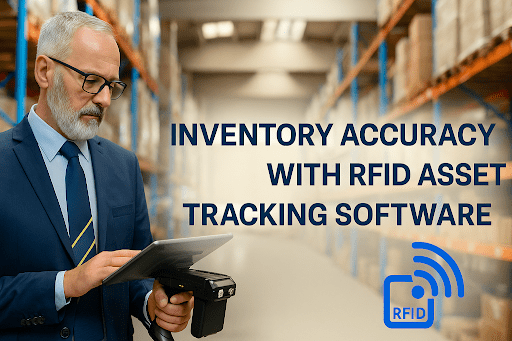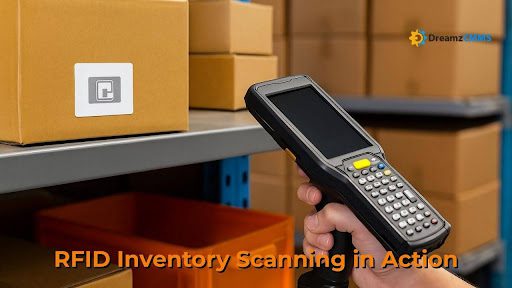 BACK TO Blog
BACK TO Blog
Asset Rental Management
RFID Asset Tracking
Redefining Site Oversight through RFID in Construction Construction sites are dynamic. Involving continuous movement of resources. Tools, and personnel.From an executive standpoint, this fluidity creates a challenge: how do leaders maintain oversight without slowing down operations? RFID in construction addresses this by offering smooth, instant material monitoring and improved clarity
- June 24, 2025
- DreamzCMMS Team
- 8 minutes read

- June 24, 2025
- DreamzCMMS Team
- 8 minutes read
Redefining Site Oversight through RFID in Construction
Construction sites are dynamic. Involving continuous movement of resources. Tools, and personnel.
From an executive standpoint, this fluidity creates a challenge: how do leaders maintain oversight without slowing down operations?
RFID in construction addresses this by offering smooth, instant material monitoring and improved clarity of jobsite activities. By using RFID-enabled asset monitoring, project managers and executives can immediately locate tools and machinery, avoid misplacement, and ensure efficient use of high-value assets.
RFID-based construction site monitoring goes beyond machinery; it monitors site safety and access too. For example, RFID for worker safety and site access enables controlled entry zones, alerting decision-makers about unauthorized movements and improving compliance.
Integration of RFID with systems such as DreamzCMMS enables firms to track asset utilization, manage inventory, and secure operations. This technology supports inventory management in construction using RFID while reducing downtime and theft.
For organizations managing extensive field logistics, combining RFID tags for construction material management with instant GPS machinery monitoring creates a digital safety net that boosts both operational speed and accountability.
Where RFID Delivers the Most Impact
Let us consider this:
The moment a jobsite grows past a single team and a single location, the risk of asset mismanagement rises. Manual tracking, even with spreadsheets or barcodes, often lags behind the actual activity. That is where RFID for construction inventory control becomes vital.
It works like this: small tags are attached to tools, materials, and machinery. These tags are read automatically when items pass checkpoints or remain idle for too long. Supervisors no longer chase status reports. The system updates itself.
What happens next?
- Materials are always visible
- Expensive tools do not go missing
- Delays tied to misplaced inventory shrink significantly
With this shift, RFID tags for construction material management help create a more responsive and accountable work environment. Data comes in live. It is no longer dependent on human entry or inspection gaps.
For larger firms, the benefits multiply. When paired with a centralized system like DreamzCMMS, RFID tracking feeds directly into work order logs, asset lifecycles, and even safety compliance reports. That link ensures better planning and faster audits.
More importantly, it allows project leaders to focus on performance not paperwork.
RFID and Worker Safety – Closing the Gaps You Cannot See
In today’s fast-paced job sites, safety is as much about timing as it is about planning. Being late to respond to a hazard often has consequences. With RFID for worker safety and site access, those delays are reduced and sometimes eliminated.
Here is how it works: workers wear RFID badges that interact with sensors across the site. These sensors detect entry, zone violations, and even crowding in unsafe areas. When something unusual happens, alerts are sent immediately, not hours later.
What changes?
- Access is restricted to authorized zones
- Emergency evacuations are more accurate
- Safety compliance is documented passively and reliably
When you connect this with Field Service Management Software, your team does not just react, they operate with live awareness. RFID data helps field leaders verify who is on-site, where they are working, and whether they are following protocol.
This is not just about controlling access. It is about enabling real-time support. Should something go wrong, knowing exactly who was where, and when, allows leadership to act quickly and confidently.
Risk reduction becomes part of daily site behavior not an audit form completed after the fact.
Want Better Visibility Over Construction Assets?Managing heavy equipment, tools, and materials across multiple sites is tough but it does not have to be a guessing game.With RFID-based construction site tracking, you gain real-time insights into asset location, movement, and usage. From preventing tool loss to optimizing logistics, RFID and IoT integration in construction turns your jobsite into a data-driven command center. Explore the power of DreamzCMMS and see how top firms are gaining control, cutting costs, and staying compliant. Schedule a demo. |
How RFID Becomes More Powerful When Connected
RFID in construction works well on its own. It keeps track of tools, materials, and site access. But its true power shows when it connects with larger software systems.
For example, when a tagged item enters the site, the system logs it instantly. That entry can trigger a task, alert a supervisor, or adjust the schedule without anyone lifting a pen or updating a spreadsheet.
This kind of automation helps teams act faster. The moment something arrives or moves, the system updates in the background.
When RFID is embedded into Construction Project Management Software, these updates flow across your projects. One action in the field creates ripple effects in planning, asset control, and even billing.
Benefits include:
- Clear communication between field crews and office teams
- Faster adjustments to changes on site
- Fewer mistakes in tracking usage or availability
The link between RFID and planning software creates a live feedback loop. You are no longer looking at outdated reports. You are seeing what is happening while it happens.
This shift supports better use of time, people, and materials. It also keeps leadership ahead of problems, rather than behind them.
RFID Return on Investment – What the Numbers Say
Executives often ask one key question before any tech rollout: What do we get back from what we spend?
In the case of RFID in construction, the returns are not abstract. They are measurable and often fast.
Here is what firms typically gain:
- 30% reduction in lost or stolen tools after implementation
- 25–40% time saved on locating and reassigning equipment
- 15% improvement in material planning accuracy
- Fewer compliance penalties, due to real-time site access logs
- Improved worker safety, tracked through badge-based entry and zone alerts
These numbers come from projects that deployed RFID tags for construction material management with centralized monitoring.
When paired with robust systems like Asset Rental Management Software, these benefits extend to third-party equipment, shared logistics, and vendor-controlled inventory. RFID enables tighter coordination whether the gear is owned or leased.
The overall impact?
Better asset availability, more accurate job costing, and fewer project delays. The result is not just cost savings but operational peace of mind. Leaders can rely on data, not assumptions.
For many firms, RFID delivers full payback within the first year of deployment especially on larger sites where asset movement is constant.
How RFID Helps Minimize Long-Term Construction Risks
Let us consider the small problems that often go unnoticed: tools that are not returned, access logs that are incomplete, materials that never make it to the right spot. Over time, these minor oversights lead to bigger issues.
RFID in construction provides a way to spot and fix those problems early.
When tools leave an assigned area, RFID systems log it. If equipment sits idle beyond expected time, alerts go out. That prompt response helps project managers step in before a delay turns into lost hours or added cost.
This system works well with many types of risk:
- Missed safety checks
- Late material arrivals
- Unapproved site access
- Lost or untracked inventory
With RFID-powered jobsite monitoring systems, leaders get consistent updates throughout the day. That live insight replaces guesswork.
Over weeks and months, these benefits grow. You begin to see fewer miscommunications, fewer unexpected shortages, and better coordination between field and office.
The result? A more stable project, with fewer disruptions and leadership that stays ahead of risk.
Conclusion: RFID is More Than Tracking — It Is Strategic Control
The construction industry is evolving. Firms that rely on delayed updates and manual oversight risk falling behind financially and operationally.
RFID Asset Tracking Software turns passive resources into active participants in your workflow. It allows every asset, worker, and material to report its own status, reducing the need for guesswork and speeding up response time.
Executives gain more than numbers. They get confidence. Confidence in knowing tools are available. That workers are safe. That timelines are on track.
And when integrated with systems like DreamzCMMS or connected through solutions like CMMS Software Features, RFID becomes a core driver of both field visibility and strategic growth.
Additional Reads You Might Find ValuableTo further explore the value of RFID technology and asset tracking in your operations, here are a few insightful resources:
|
Ready to Make Your Construction Sites Smarter?If your teams are still relying on paper logs, manual check-ins, or reactive problem-solving, it is time for a change.RFID in construction is not just a tech upgrade it is a strategic move toward clarity, control, and competitiveness. Let us help you make that leap. Schedule a strategy call with DreamzCMMS to explore how RFID can drive productivity, accountability, and ROI across your job sites. |
Ready for More?
Talk to one of our CMMS experts and see how DreamzCMMS can simplify your maintenance operations.
Book a free consultation